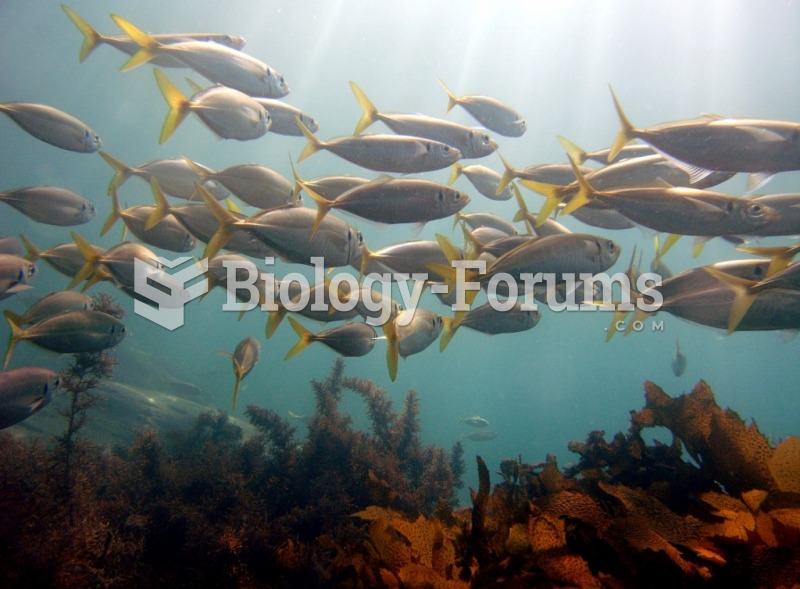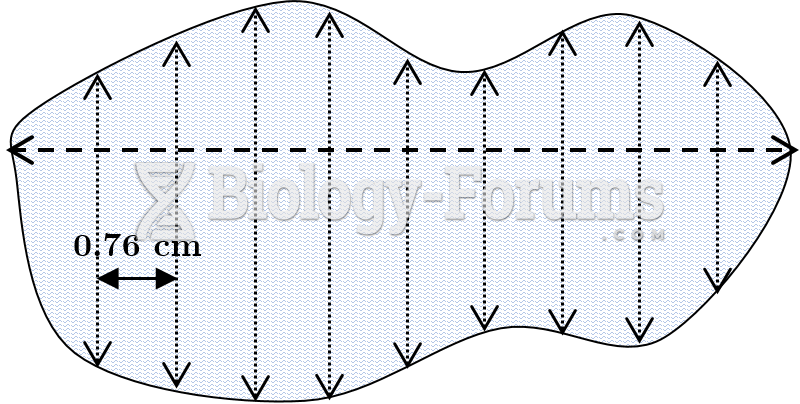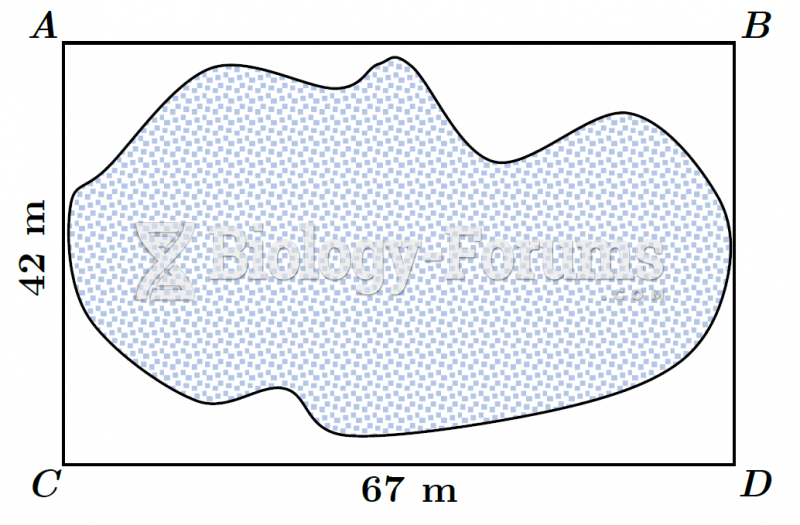Answer to Question 1
Semiaquatic aquariums are set up for species that spend part of their lives in the water and part of their lives
on the land. As tadpoles develop into small toads and frogs, they require semiaquatic habitats.
To set up this type of habitat, an aquarium will need to be divided in half. A piece of glass or Plexiglas can
be cemented into the bottom of an aquarium to divide it into two watertight halves. The divider should be
about one-third the height of the aquarium. This again depends on the species being put into the aquarium.
The water half of the habitat can be set up the same as the completely aquatic habitat. To set up the land
habitat, a one-inch layer of small rocks or gravel should be placed in the bottom of the aquarium. A one-inch
layer of charcoal is placed over this; then, a two- to three-inch layer of sand or sandy loam is placed over the
charcoal. On top of this, a layer of topsoil is added so that it is level with the divider. Finally, leaves, branches,
bark, and some plants are added to give the aquarium a natural look. The water in the semiaquatic habitat
should be dechlorinated. If that is not possible, the water should be allowed to sit in open containers for a
couple of days so that the chlorine will evaporate. Water is added to the aquatic side of the aquarium until it
is level with the land habitat. This allows the animals to move freely between the water habitat and the land
habitat. The water should be changed every two or three days if a filtration and aeration system is not used.
Plants and soil should be sprinkled daily with dechlorinated water so that the habitat will not dry out, and a
desirable, damp environment is maintained.
The aquarium needs a cover to keep the animals from escaping; a piece of window screen or hardware
cloth can be used. Temperature of the aquarium should be maintained at 60F to 80F, depending on the
species. A small light bulb can be added if heat is needed. Salamanders prefer temperatures around 60F
to 70F, whereas frogs and toads should be kept in an environment around 70F to 80F. All amphibians
require full-spectrum lighting. Full-spectrum bulbs are available from pet stores. These bulbs can emit
full-spectrum light for only a limited time and should be replaced every four to six months, even if they
have not burned out.
In preparing a land aquarium, proceed just as when preparing the land half of the semiaquatic aquarium.
Even though it is a land habitat, a shallow bowl or dish of water should be provided. Amphibians will absorb
the water through their skin. Make sure the bowl or dish is level with the soil so that the animals can crawl
in and out freely. Remember that the plants and soil should be kept moist so that the damp environment is
maintained. A small light bulb can be added if temperatures get too low.
Answer to Question 2
Frogs have slender bodies with long, powerful hind legs, short front legs, and webbed feet. They develop from
tadpoles, and most species when fully grown can live in water or on land. Their skin is smooth. They are
excellent jumpers and swimmers.
Toads have short, thick bodies and short legs. The toad's skin is dry and has a rough appearance. True
toads have skin glands that produce a poison, which can be very irritating to the mucous membranes of predatory
animals. Most live on land in and around moist areas.






